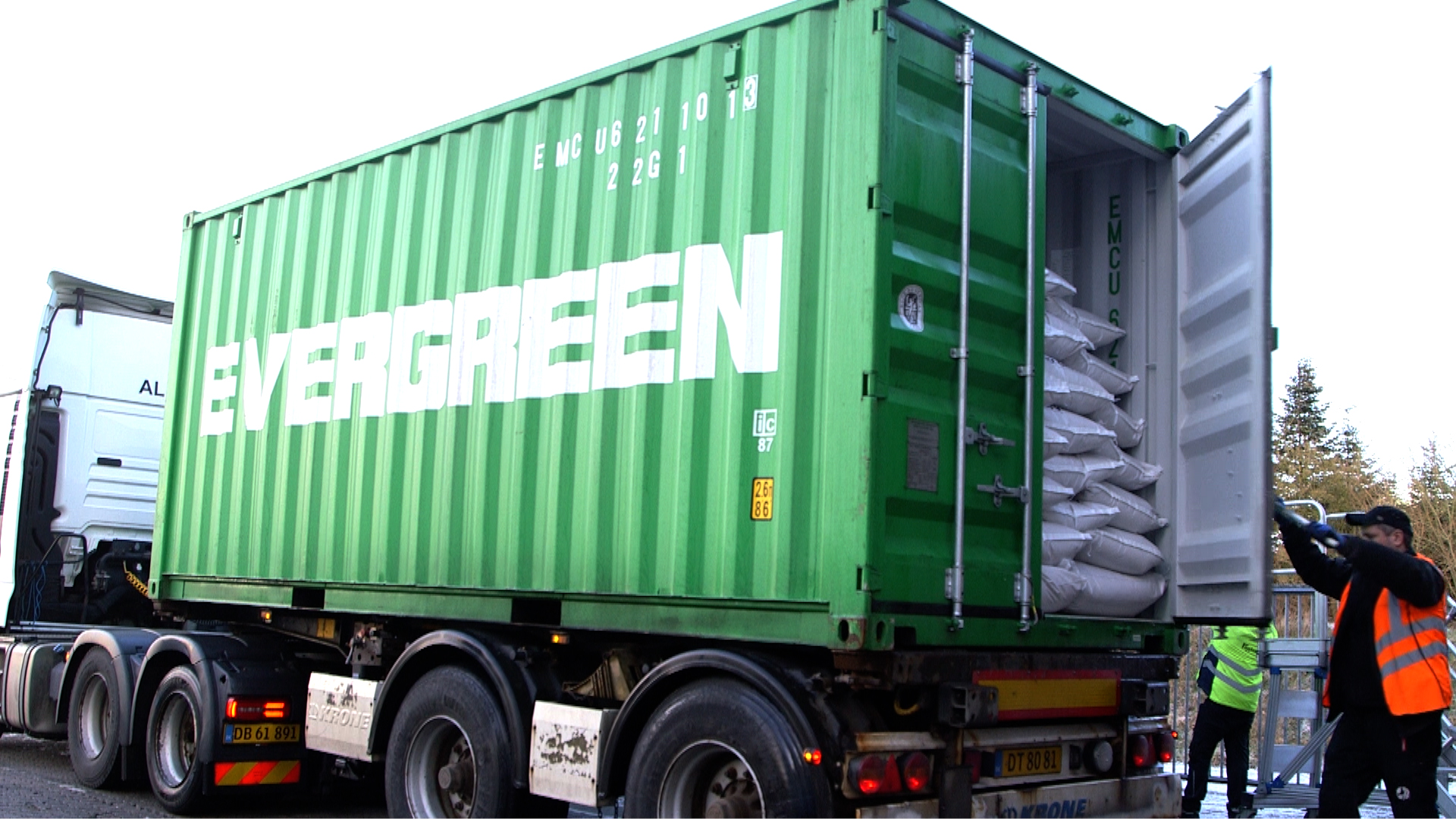Short sea shipping is said to provide great economic and environmental benefits. And the fact is more companies are looking into the possibilities of short sea shipping, especially in Europe. But how much can you actually benefit from shipping your goods by short sea?
What is short sea shipping?
Short sea shipping is the transport of goods by sea along a coast without crossing an ocean. Or, as the name suggests – shipping goods by sea over shorter distances.
The concept of short sea shipping has been around for centuries. Before large container ships dominated the oceans, vessels sailed the short distances between European seaports connecting trade and contributing to the fast economic development of the continent.
Today, short sea shipping accounts for roughly 40 percent of all goods moved across the globe. It plays a significant role in serving intra-European trade as well as trade with country neighbours and the states on the Baltic Sea, the Black Sea, and the Mediterranean Sea.
How much can you benefit from short sea shipping?
Let us look at this from a wider perspective and place short sea shipping in a broader context. Over the past few years, the interest in short sea shipping has increased, especially in Europe. Shipping companies realise the benefits of short sea shipping, but the EU has a strategic interest in ensuring the continuous development of short sea shipping.
Short sea shipping is a drive engine in sustainable shipping
One of the European Commission’s main priorities is integrating short sea shipping in full logistics chains. Short sea promotion centres have been established in nearly all coastal EU member states. Short sea shipping also plays an important role in reaching the EU transport goal of reducing 60% of greenhouse gas emissions generated by transport by 2050 and shifting 30% of road freight over 300 km to other transport modes by 2030.
Short sea shipping can help to solve road transport issues
By establishing “sea motorways” and improving links between seaports and inland networks, it is possible to take substantial goods volumes off the European roads. This would largely contribute to solving the prevailing issues of European road transport linked to the environment, but also truck driver shortage, freight rates, road congestion, traffic delays, road accidents, degraded infrastructure, and noise pollution.
So, in terms of the environment and the issues of European road transport, the benefits of short sea shipping are massive. The next question is: What about the shipping companies? What do they benefit from shipping their goods by short sea?
A customer case: Struggling with irregular logistics flows
To answer this question, here is a customer case example: A furniture company imported furniture and interior design from Poland to Norway. They were struggling with irregular logistics flows. They had difficulties taking care of large goods volumes within short time frames resulting in a massive workload for their warehouse staff.
Initially, the goods were transported by semi-trailers from Poland to Norway on a weekly basis. The drivers were loading the goods on Fridays and used the weekends for driving the long distance to Norway. This meant the furniture company had huge goods volumes delivered to their central warehouse on Monday mornings; up to 30 semi-trailers full of furniture waiting to be unloaded. The workload was massive and heavily increased stress levels among staff. It is fair to say the furniture company was in great need of a better-planned logistics flow.
Greencarrier Freight Services looked over the possibilities and thought: What if we could offer a smart and efficient transport solution that would improve our customer’s logistics flow as well as their economy?
Switching from road transport to short sea shipping
Instead of transporting the goods all the way to Norway by road, we loaded the goods into containers and transported them to the Port of Klaipeda. From there, we shipped the containers by short sea to the Port of Drammen in Norway. We planned the logistics flow down to the very detail from the port to the furniture company’s warehouse. We made a priority schedule for exactly which containers would be transported, at what time, and on what days. This way, the furniture company received the most urgent orders first and stock items second.
Better goods management and smoother deliveries
A well-planned and predictable logistics flow led to better management of goods volumes, smoother deliveries, and a better manning situation at the warehouse.
Improved workload and reduction in short-term sick leave
The improved workload drastically minimised stress levels among the staff, and the furniture company even noticed a decrease in short-term sick leave.
Minimised cost and less cargo damage
Shipping by short sea led to a considerable cost reduction and less cargo damage. Moving the goods by short sea instead of road also reduced fuel cost and CO2 emissions.
5 things to expect when choosing short sea shipping
Are you also interested in the possibilities of short sea shipping and its benefits? If you are considering switching from road transport to short sea, here are a few things to expect.
1. Receive your goods in a reliable, consistent, and timely manner
One of the major benefits of short sea shipping is getting your goods in a reliable, consistent, and timely manner. Unlike road transport, which is generally more prone to delays and irregular logistics flow due to congestion, short sea shipping allows for scheduled departures and arrivals.
2. Rely on efficient distribution of goods from your port terminal
With timely arrivals, your goods can be efficiently distributed from your port terminal. You don’t have to worry about taking care of large goods volumes within short time frames or keeping stock in your warehouse, and dealing with related inventory issues.
3. Be part of the sustainable shipping movement
Choosing short sea shipping also means choosing the environment. Due to fuel efficiency and better emissions standards, short sea shipping is a much more environmentally friendly alternative. By choosing short sea over road transport, you contribute to reduced CO2 emissions.
4. Benefit from reduced shipping costs
With short sea shipping, you can expect lower shipping costs. Sea freight rates are considerably lower than road freight rates, especially when shipping larger freight volumes and heavier cargo. Vessels also have more capacity; one ship alone equals about 500 truckloads.
5. Benefit from improved road safety
And then there is the aspect of road-related issues. Moving goods from road to short sea has a positive impact on road congestion, road safety, and noise levels. Fewer heavy vehicles on the roads contribute to smoother traffic flows, safer driving, and trucks staying on schedule.
Want to improve your logistics flow with short sea shipping and find the best possibilities for your company? Contact us directly or sign up here:





